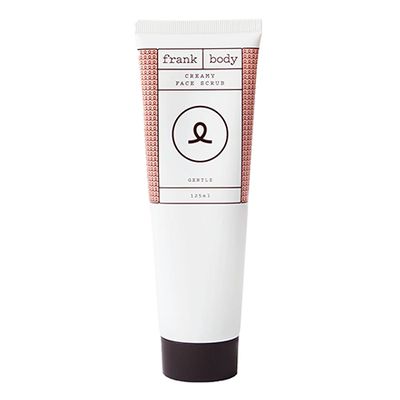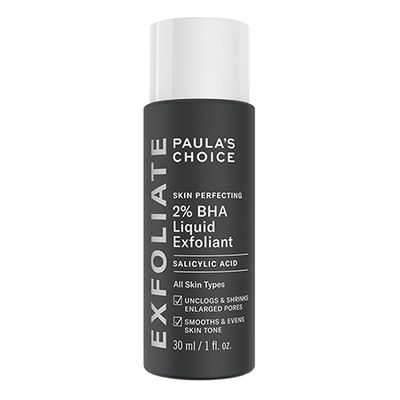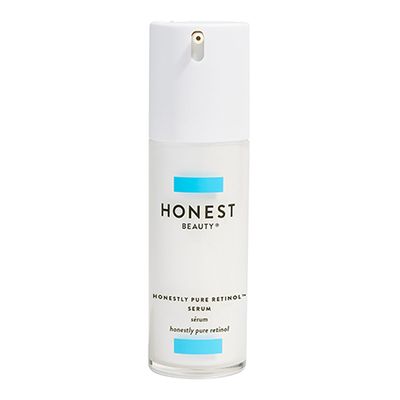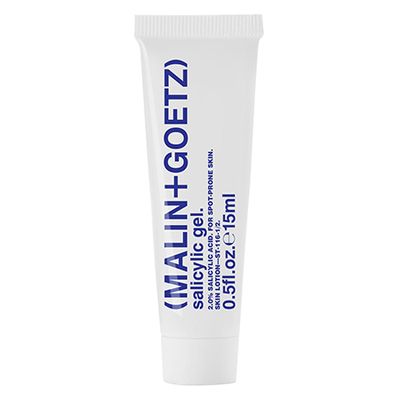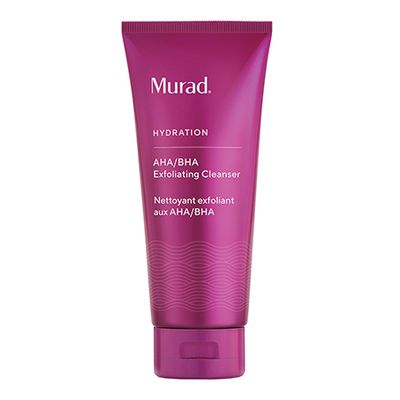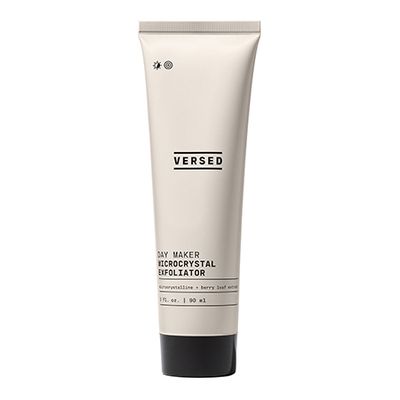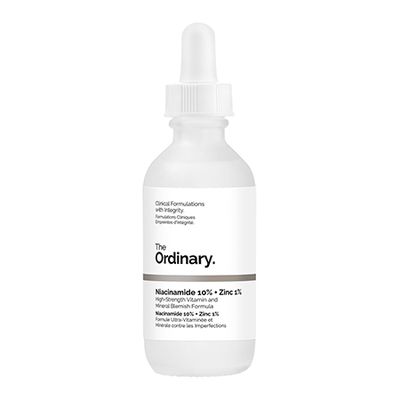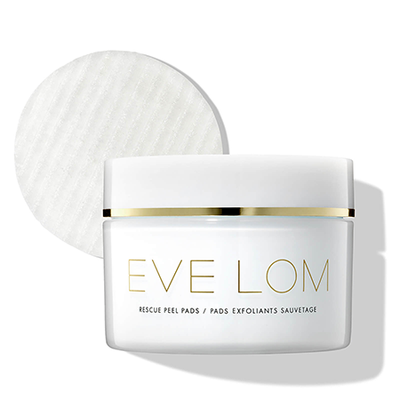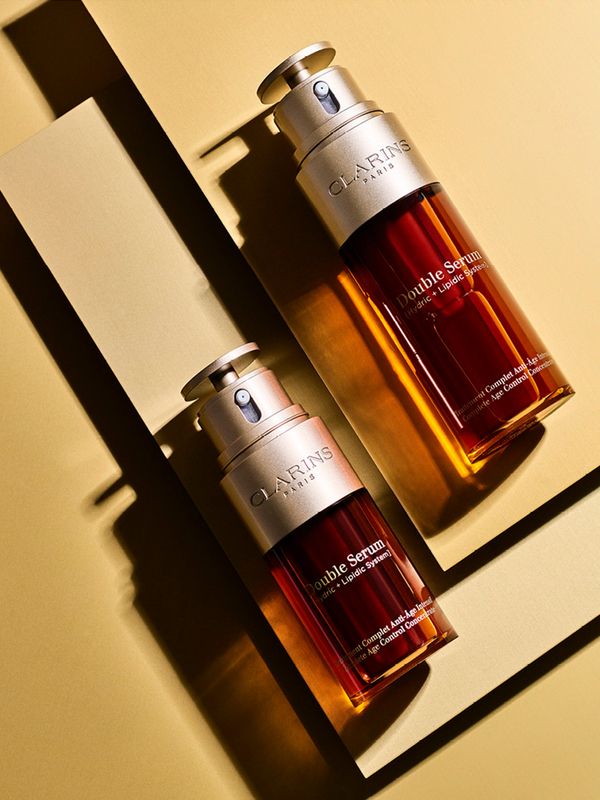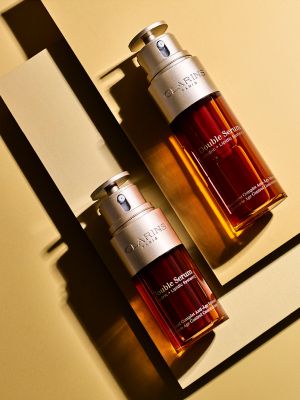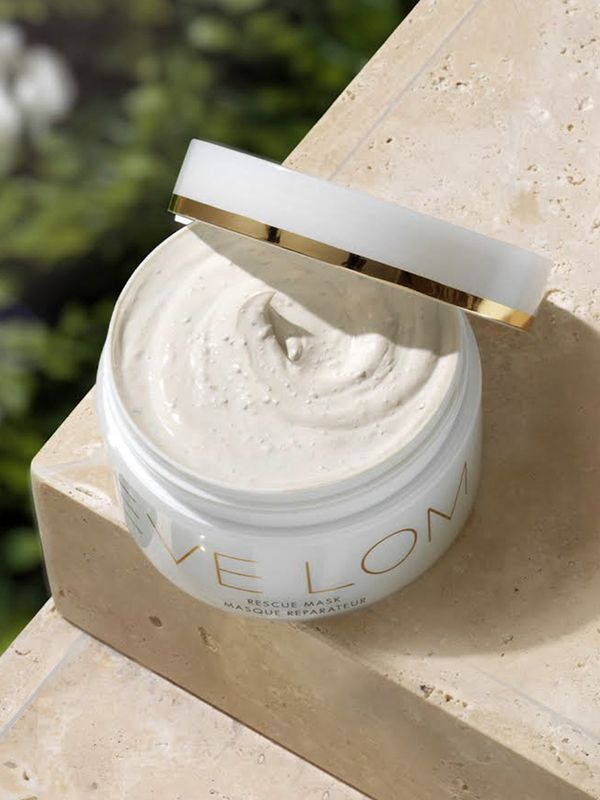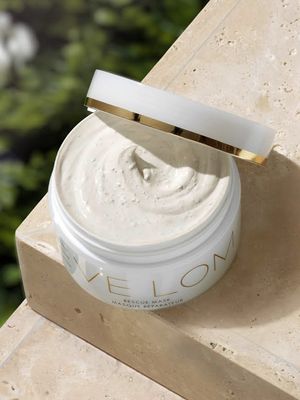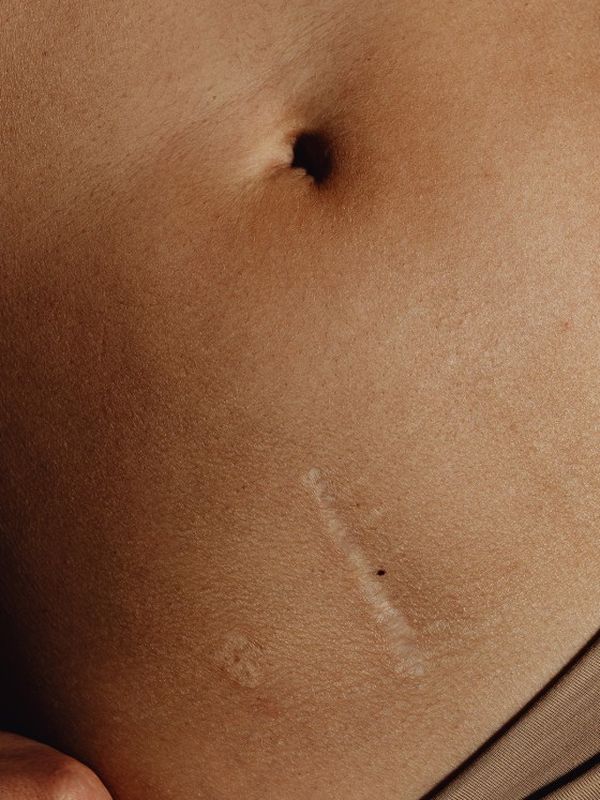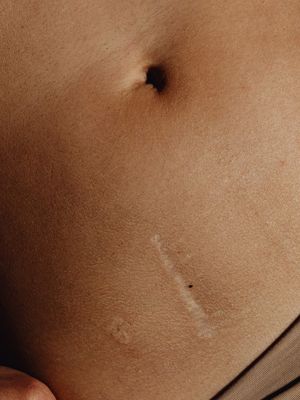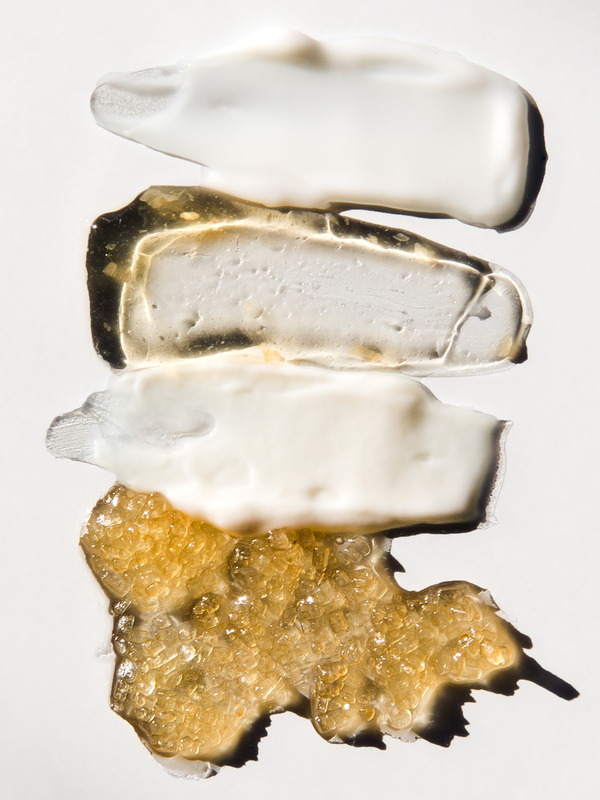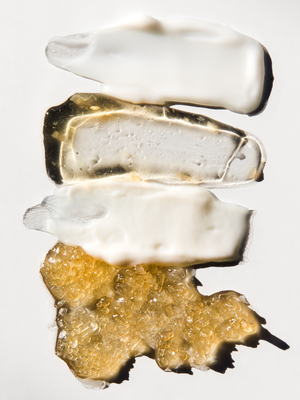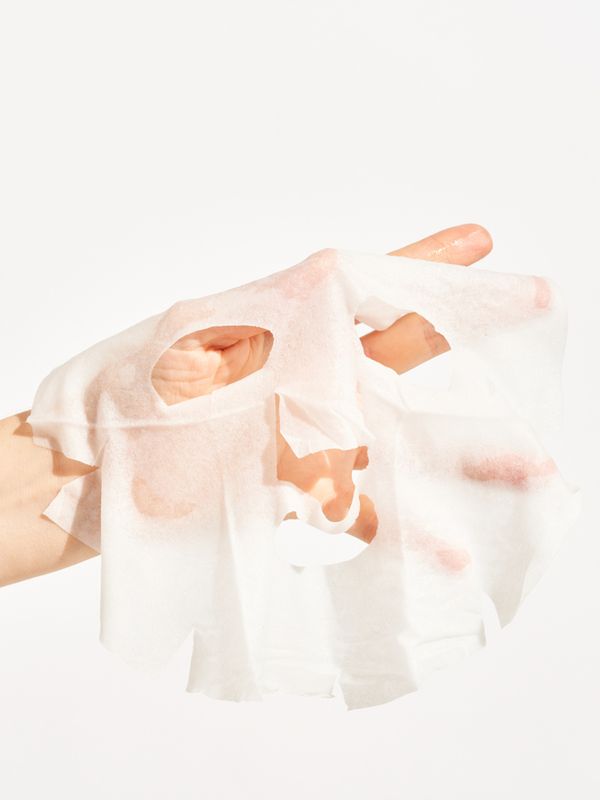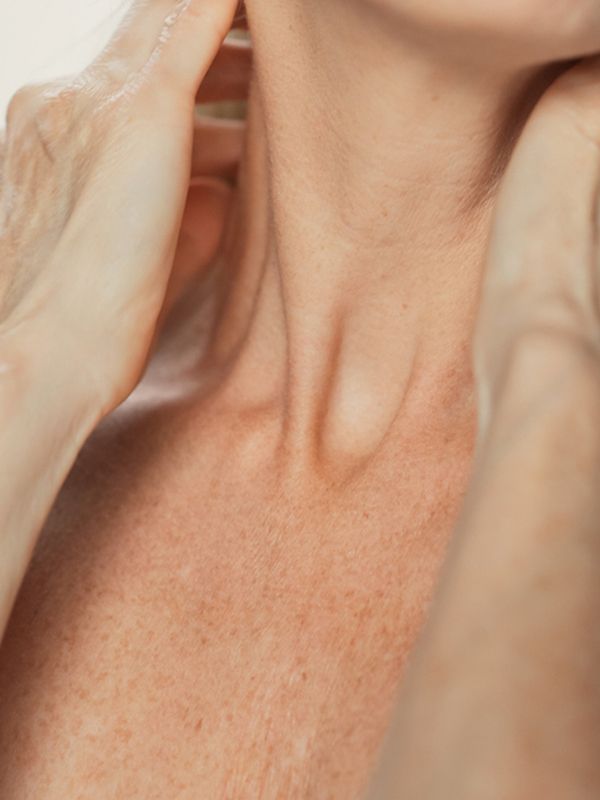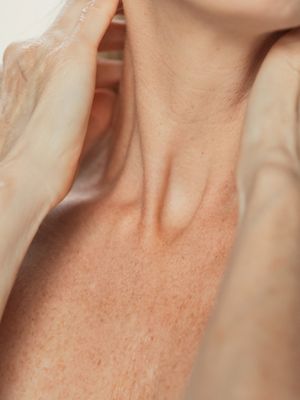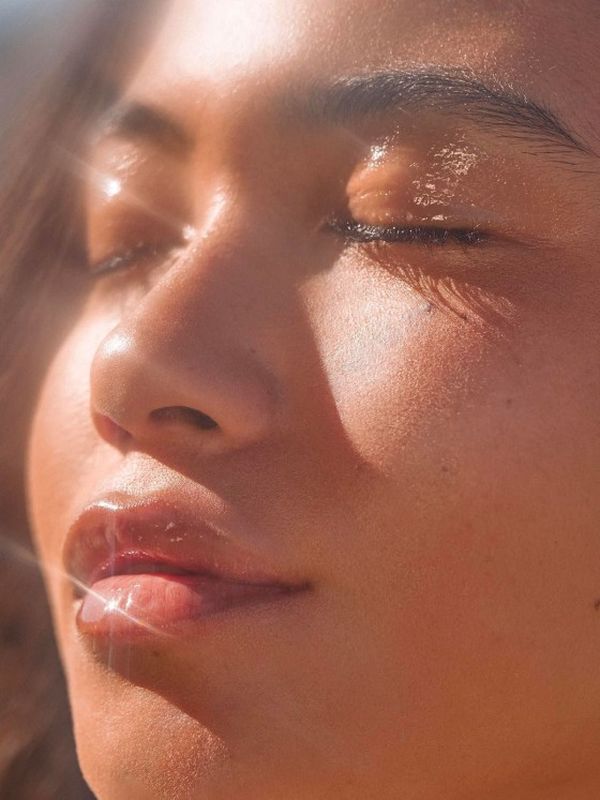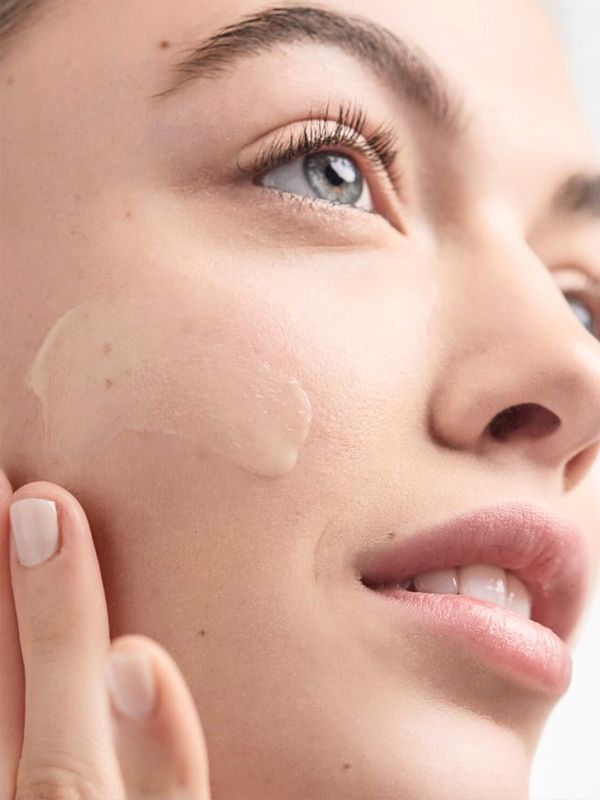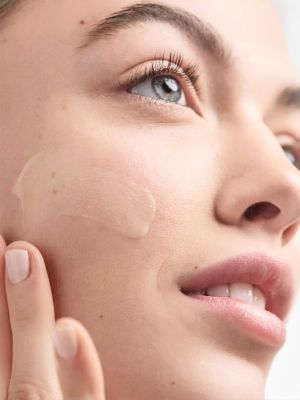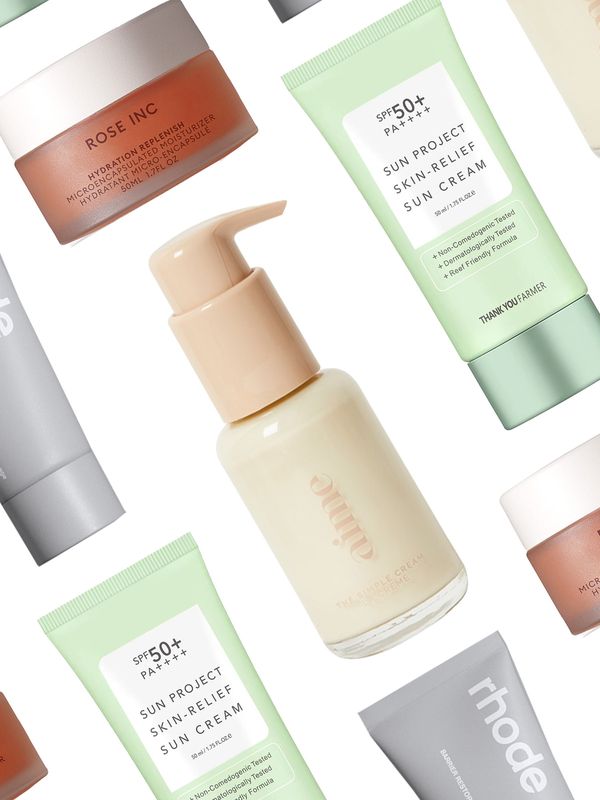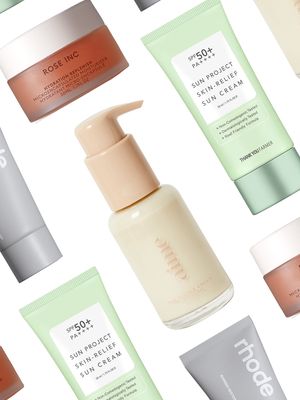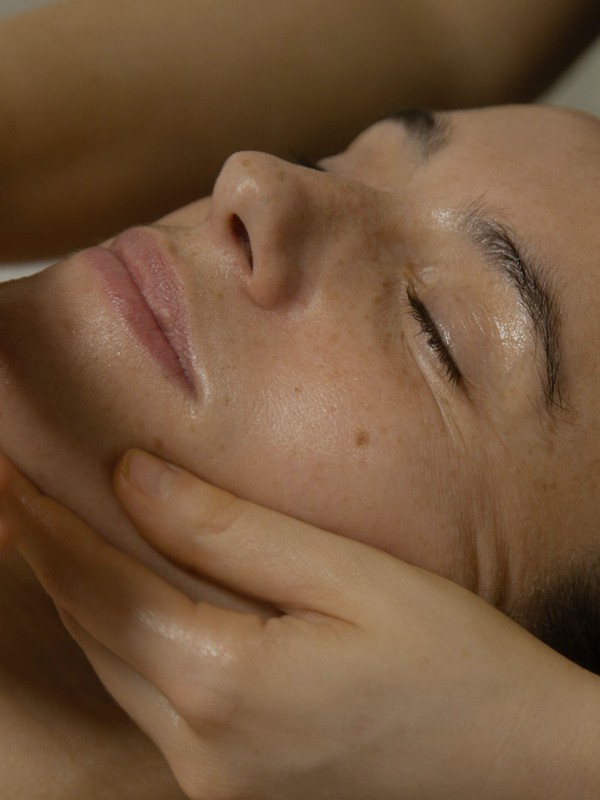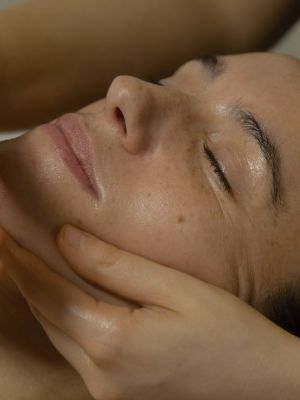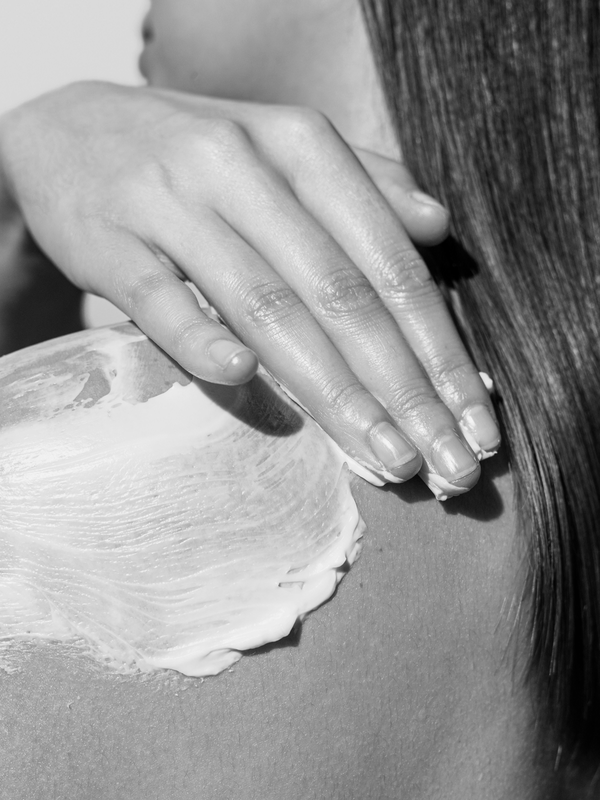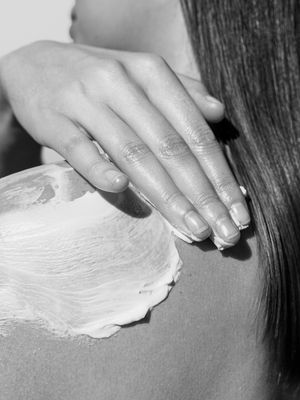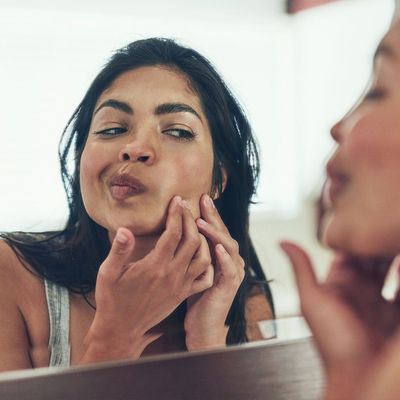
Why Whiteheads Happen & How To Treat Them
Understand What You’re Dealing With
People often get whiteheads and blackheads mixed up, but there is a stark difference. Whiteheads are a type of acne lesion which develop when sebum (oil) and skin cell debris become trapped within a pore. They usually appear in body areas which have a high density of oil glands – this includes the face, back and chest. They’re otherwise known as closed comedones. With blackheads, however, the pore remains open and air can get inside. This means the air oxidise the contents which leads to the clogged pore looking black. With whiteheads, the pore is closed, so no chemical reaction takes place.
Never Pop Them
It’s important you never pop your whiteheads at home. This can result in damage, leading to scarring, and you risk pushing the inflammation deeper into the skin. If you’re keen to have them removed, a qualified beautician, aesthetician or facialist will be able to perform extractions either manually or with an extractor tool.
Take Note Of The Treatment Options
Despite being a form of acne, whiteheads are quite straightforward to treat. Using over the counter products containing salicylic acid or benzoyl peroxide can help tackle the issue. Additionally, ingredients including chemical exfoliating agents, such as glycolic acid and vitamin A, can help decongest the skin. Treatment of whiteheads is the same across all skin types, no matter how fair or dark you are. Over the counter products are tested rigorously for their safety and products purchased without a prescription should be safe for everyone. However, it’s important to follow the manufacturer’s instructions, as they can sometimes increase irritation and pigmentation.
Remember, Patience Is Key
As with any skin condition, patience is required. Getting rid of whiteheads may take up to 12 weeks. If any of the above treatments fail to help, then it’s worth seeing your GP or consultant dermatologist who can offer stronger, prescription strength treatments tailored to your individual needs. It’s also worth having regular facials that include gentle extractions – but always seek out the right experts with the correct skills.
Stick To A Routine
One of the best preventative measures is regular exfoliation. This will help prevent the build-up of oil and dead skin cells, which is all whiteheads are. Even so, whiteheads may still develop. This is because hormones and genetics play a role. Either way, it’s worth including a gentle exfoliation at least twice a week – you’ll notice a difference in the surface quality and tone of your skin regardless.
Don’t Confuse Them With Milia
While whiteheads are an acne-type lesion, milia are small, white bumps that develop due to a build-up of keratin (protein) in our skin. The two are often confused, and to the untrained eye, they may look similar. However, their underlying development is different, as is the treatment process.
Invest In AHAs & BHAs
Chemical exfoliators such as alpha and beta hydroxyl acids (AHAs and BHAs) can work well to remove the upper layer of dead skin cells, thereby preventing future build-up. These include glycolic, lactic and salicylic acid – look out for these on the ingredients list of your products. Vitamin A is also worth a try, as is gentle niacinamide which reduces inflammation, eases redness and regulates the oil in your skin.
Shop Our Pick Of The Best Whitehead Busters Below…
Visit CadoganClinic.com
DISCLAIMER: We endeavour to always credit the correct original source of every image we use. If you think a credit may be incorrect, please contact us at info@sheerluxe.com.
